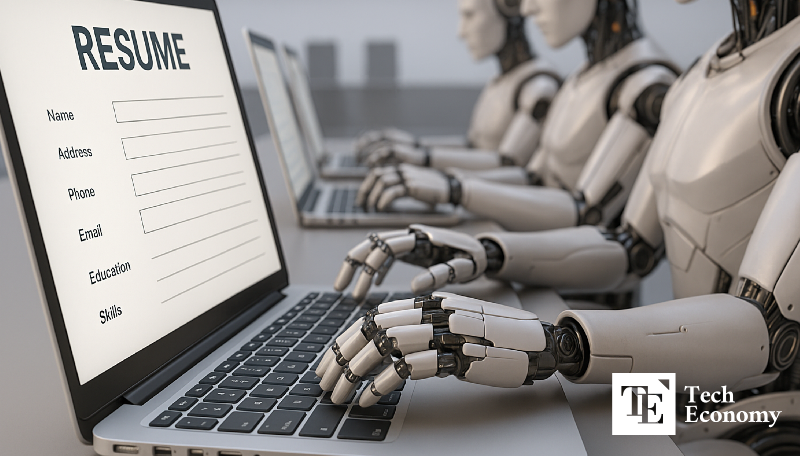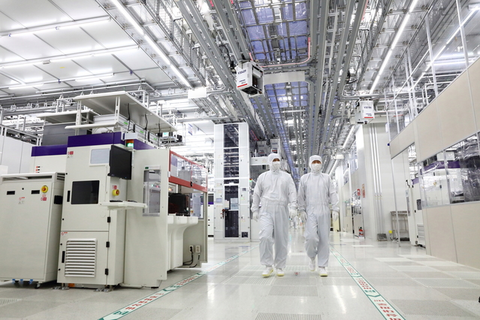Generative AI Fuels Surge in Mass Job Applications, Overwhelming Employers with Resume Flood
Input
Modified
Generative AI Triggers a Flood of Unqualified Resumes Employers Turn to AI Tools to Screen Applicants “In the End, It Will Come Down to Real Skills and Authenticity”

The job market is facing growing disruption as resumes generated using generative artificial intelligence (AI) flood in. With the advancement of AI making resume writing significantly easier, some job seekers are engaging in indiscriminate "spray-and-pray" applications to numerous companies. As a result, industry experts point out that the surge of AI-generated applications is increasing the workload for recruiters, causing both employers and job seekers to lose trust and efficiency in the hiring process.
“11,000 Resumes per Minute” on LinkedIn
On the 22nd (local time), The New York Times (NYT) reported that a growing number of job seekers are using generative AI tools like ChatGPT to submit mass-produced, generic resumes—making it increasingly difficult for recruiters to sift through applications. According to the NYT, Katie Tanner, a human resources consultant based in Utah, recently posted a remote tech job opening on LinkedIn and was immediately overwhelmed by the response. Within a single day, 600 people had applied, and the number exceeded 1,200 just a few days later. The posting was ultimately taken down early. Tanner described the situation as “insane,” saying, “We were flooded with applications—it was unmanageable.”
LinkedIn has revealed that, over the past year, the number of job applications submitted on the platform has surged by more than 45%, with an average of 11,000 applications submitted every minute. Behind this explosive growth lies the automation capability of tools like ChatGPT. Users can now generate resumes that include all the keywords from a job listing in mere seconds. Some job seekers even outsource the process entirely by paying for AI agents to apply for jobs automatically on their behalf. Industry expert Hong Li expressed concern, warning, “The applicant tsunami is only going to intensify.”
It Takes an Average of 9.24 Days Just to Filter Out Unqualified Resumes
The situation is not unique to the U.S. A global HR platform called Remote conducted a survey of corporate leaders and hiring decision-makers across 10 countries—South Korea, Japan, Australia, the U.S., the U.K., Germany, France, the Netherlands, Sweden, and Spain. The results showed that a flood of AI-generated resumes is also being experienced in these countries. On average, companies spend 9.24 days just filtering out unqualified resumes.
In the same survey, companies reported increasing difficulties in recruiting efficiently due to:
- A surge in applicant volume
- A persistent shortage of local talent
- A rapidly evolving labor market
As the number of AI-generated applications continues to grow, businesses are forced to spend more time reviewing resumes, making it even harder to identify truly qualified candidates. Approximately 65% of respondents reported that the number of unqualified applicants has increased significantly, and 74% considered this a serious issue.

Recruitment Methods Evolve Amid Resume Flood
As AI-generated resumes inundate recruiters, new solutions are rapidly emerging to detect text written by generative AI. Muhayu, the company behind the plagiarism detection tool Copykiller, is offering a service specifically tailored to generative AI called "GPT Killer" for corporate use. In the U.S., services like Turnitin have also been developed to tackle the same issue.
Job Van Der Voort, CEO of the global HR platform Remote, noted, “Companies are increasingly adopting new AI solutions to screen large volumes of applications efficiently and to identify the most suitable candidates. The use of AI in skill assessments and administrative support is also growing rapidly.”
These detection tools typically work by identifying differences between human-generated and AI-generated writing based on commonly used vocabulary and sentence structures. According to Muhayu’s analysis of 890,000 self-introduction letters submitted to financial institutions and public agencies using its solution last year, 48.5% were suspected to have been written with the help of generative AI.
As trust in resumes declines, recruitment methods are evolving in response. In addition to AI detection tools, companies are supplementing task-based assessments with skills verification to ensure applicants possess the actual skills required. Some employers even go as far as to question candidates on every keyword they include in their applications to assess authenticity through their responses.
An HR industry source commented, “Even in the age of AI, hiring is ultimately a human process—people evaluating people. Whether your resume was written by AI or your interview answers sound polished, if you can’t show your true self, your application will end up being nothing more than a shiny but empty shell.”
Career coach Jeremy Schifeling added, “The more desperate job seekers become, the more they turn to paid AI tools. This trend will likely continue for a while, but in the end, both employers and applicants will return to valuing authenticity and real competence.” He warned, however, “Until then, we’re likely stuck in a vicious cycle of wasted time, resources, and money.”





















